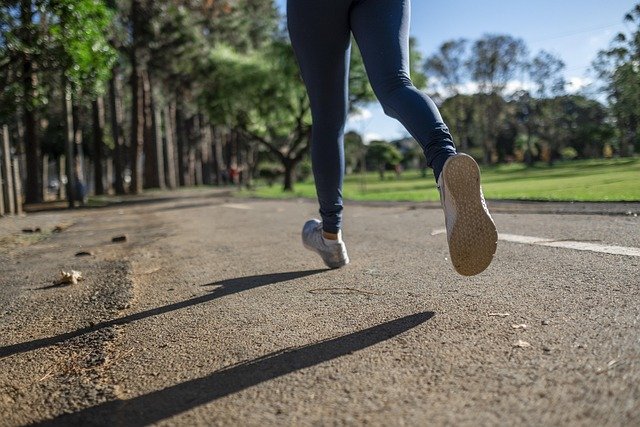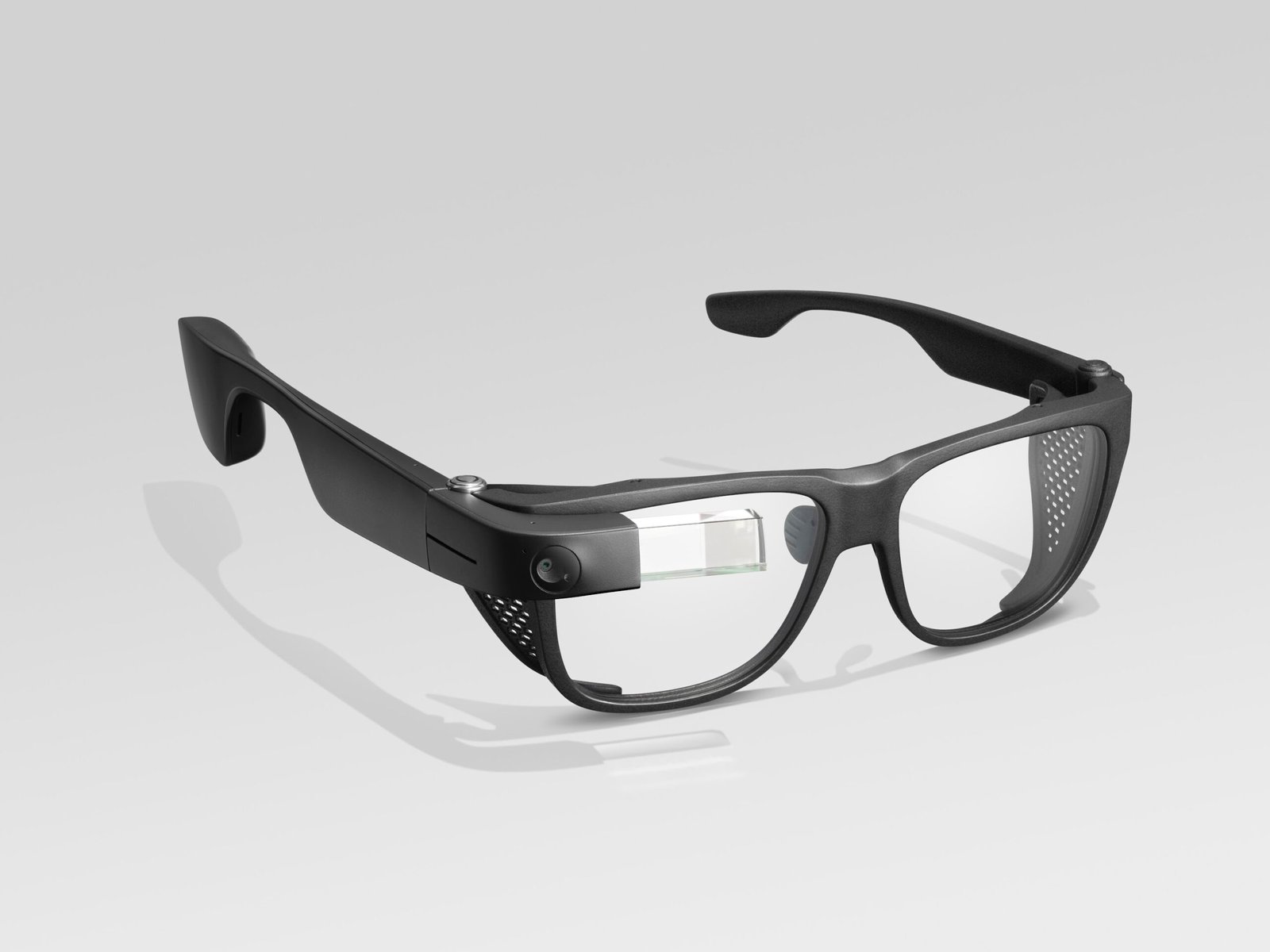Many fitness enthusiasts hit the gym with fat loss as their primary goal, but understanding when and how the body taps into fat stores requires knowing some exercise physiology basics. The fat-burning process doesn’t begin the moment you start moving – it depends on exercise intensity, duration, and your body’s energy systems.
Your body first reaches for glycogen – the stored from of carbohydrates in muscles and liver – as its preferred quick energy source. Think of glycogen like kindling that burns fast during high – intensity efforts like sprints or heavy lifting. Fat, by comparison, acts more like a slow – burning log, providing sustained energy during moderate, longer activities. This explains why lower-intensity “Zone 2” exercise (where your heart rate stays around 60-70% of maximum) primarily uses fat for fuel.

However, being in the fat-burning zone doesn’t automatically mean weight loss. As exercise physiologists note, you’re technically burning fat even while sitting – just not enough to impact body composition. The key factor remains calorie balance: you must burn more than you consume to lose fat, regardless of which fuel source your body uses during exercise.

For optimal fat loss, combine both cardio and strength training. While steady – state taps into fat stores during the workout, resistance training builds metabolically active muscle that burns more calories around the clock. This dual approach, paired with proper nutrition, creates the sustained calorie deficit needed for meaningful fat loss rather than chasing mythical “fat-burning moments”.


















